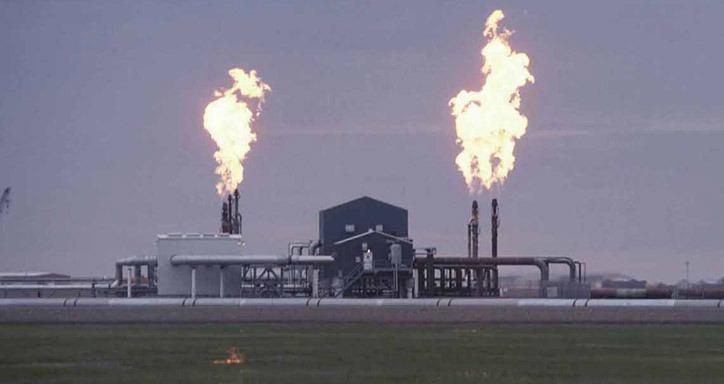Energy and Mines Minister Bill Bennett spent much of last week in Alaska, trying to assure local fishermen and environmentalists that B.C.’s mine approval process is “basically the same” as Alaska’s.
Bennett visited an abandoned mine in northwest B.C. that continues to leak acid and metal pollution into the Taku River, vowing to supervise cleanup by a new operator. He noted that one of B.C.’s proposed new mines includes a 23-km pipe system to move ore out of the shared watershed for processing.

This is typical of the discourse between B.C. and our American cousins. Only our industry is questioned.
Meanwhile in Colorado, the latest mine spill disaster was blamed on a mistake by the U.S. Environmental Protection Agency. And in Alaska as in the rest of the U.S., new metal mines such as the giant Pebble project depend on the same engineering and testing as ours.
Here in Victoria, the Fantasy Island dialogue about oil continued, with Green Party leader Elizabeth May calling a news conference to announce she is (brace yourself) opposed to pipelines and tankers on the B.C. coast. She stood at Clover Point, where daily Alaska crude tankers sail past, many on their way to vast refinery complexes just out of sight at Anacortes and Cherry Point in Washington. A good portion of B.C.’s gasoline comes from there.
Without a drunk-captain incident since 1989, these tankers load up at the terminus of the Trans-Alaska Pipeline System. Let’s take a closer look.
For 47 years, the pipeline has pumped huge volumes of oil across Alaska from the charming northern outpost of Deadhorse to Valdez in the south, just east of Anchorage where cruise ships dock.
In his new book, Rust: The Longest War, science writer Jonathan Waldman calls it “the biggest, baddest oil pipeline in the world.
“From Prudhoe Bay to Prince William Sound, the Trans-Alaska Pipeline System stretches 800 miles, which leaves engineer Bhaskar Neogi accountable for one of the heaviest metal things in the Western Hemisphere, through which the vast majority of Alaska’s economy flows,” Waldman writes. “Daily, the four-foot steel tube spits out $50 million of oil.”
It was once the largest private infrastructure in the U.S. Today it’s the most regulated pipeline in the world, with planes flying infrared sensors to detect leaks of warm oil and “line walkers” looking for soft spots in the permafrost.
And this isn’t low-fat, shade-grown oil for Seattle fuel-sippers. It struggles to flow, with a black asphalt bottom and thick wax that has to be scraped out of the pipeline by the ton with giant “pigs” that clean and monitor walls for corrosion.
The five Prudhoe Bay oilfields have been declining in production for 20 years, to the point where the Trans-Alaska pipeline now carries about a quarter of its design capacity. It’s expected to run out around 2040, but for now Valdez still loads more than a tanker a day.
Waldman writes that when North America’s largest oilfield was discovered in 1968, companies first considered extending the Alaska Railroad up to Deadhorse. But they would have needed 63 trains a day of 100 cars each. Trucks, cargo planes and even nuclear-powered submarines running under the Arctic ice were briefly considered.
Since we had a bit of hand-wringing last week about a small earthquake near Fort Nelson that may or may not have been triggered by hydraulic fracturing, it’s worth noting that Trans-Alaska oil also causes noticeable tremors as it rushes down the Chugach Mountains to a sudden stop at Valdez. But those are American earthquakes, so no story there.
Tom Fletcher is legislature reporter and columnist for Black Press. Twitter: @tomfletcherbc
